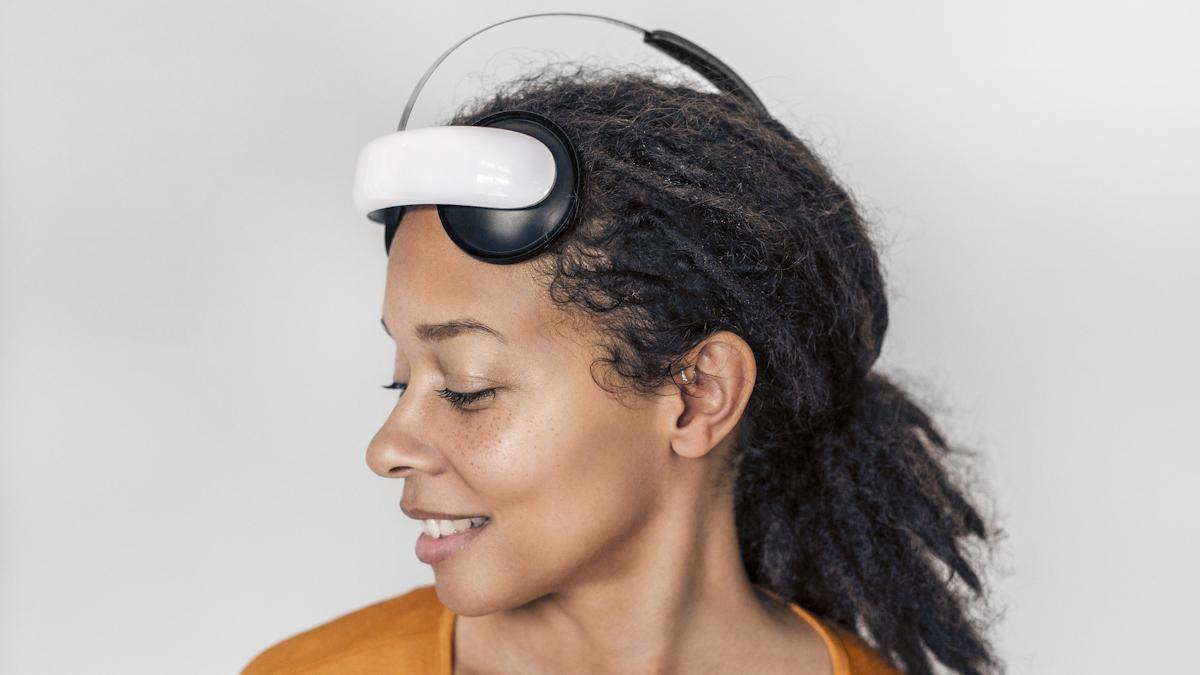Bridging the digital divide: Empowering healthcare through innovation and inclusion

Transitioning from my role as a pharmacist to becoming a project manager in healthcare technology was not just a professional milestone, but a deeply transformative journey.
As a pharmacist, I saw the limitations of traditional healthcare systems, particularly in underserved areas, where access to quality care was inconsistent. These limitations inspired me to explore the transformative potential of digital health. Today, I work at the intersection of healthcare and technology, driven by a vision to create solutions that not only improve patient outcomes, but also address disparities in access.
This journey, however, has also revealed the challenges inherent in achieving healthcare equity, particularly in bridging the digital divide – a persistent barrier that prevents many from accessing the benefits of digital health innovation.
Digital health: Transforming access to care
The digital health revolution has introduced innovations that are reshaping healthcare delivery. In the UK, for example, the adoption of telemedicine surged during the COVID-19 pandemic. Digital platforms, like GP at Hand, allowed patients to consult doctors remotely, reducing strain on hospitals and improving accessibility for those unable to travel.1 Similarly, AI-driven tools, like Babylon Health’s diagnostic support system, have empowered patients to make informed decisions about their health, showcasing the potential of technology to decentralise care.
In Nigeria, the introduction of solar-powered telemedicine kiosks has revolutionised healthcare in rural areas. These kiosks allow patients to connect with urban specialists for real-time consultations, significantly improving diagnostic accuracy and reducing unnecessary hospital visits.2
Both examples illustrate how digital health can overcome geographical barriers and optimise healthcare resources, yet, they also underscore the disparities in digital infrastructure and literacy.
The digital divide: A persistent challenge
Despite these advancements, the digital divide remains a critical challenge in both developed and developing nations. In the UK, while urban areas enjoy robust digital infrastructure, rural communities still face connectivity issues, limiting their ability to access telehealth services.3 Additionally, older populations often struggle with the digital literacy required to navigate healthcare apps, creating a gap in adoption.
In Nigeria, the challenges are even more pronounced. Many rural areas lack reliable internet and electricity, making digital health tools inaccessible. Moreover, the lack of digital literacy among healthcare workers and patients further hinders the adoption of these technologies. Addressing these issues requires targeted interventions that go beyond technology deployment to include education and infrastructure development.
Case study: Bridging the divide in the UK and Nigeria
In the UK, initiatives like the NHS Digital Academy have been instrumental in equipping healthcare leaders with the skills needed to implement and manage digital health solutions. By training professionals in digital transformation, the programme aims to ensure that technology is integrated seamlessly into patient care.4 For instance, a pilot project in Cornwall used telehealth to monitor patients with chronic illnesses remotely, reducing hospital admissions by 25% over a year.5
In Nigeria, a public-private partnership introduced solar-powered digital kiosks in underserved regions. These kiosks, staffed by digitally trained nurses, have not only improved patient outcomes, but also empowered local healthcare workers with new skills. Within a year, these kiosks reduced maternal mortality rates in the region by 15%, demonstrating the impact of targeted interventions.
Future vision: A collaborative and inclusive healthcare ecosystem
The future of healthcare lies in a collaborative, inclusive approach that leverages technology to address disparities. Imagine a world where digital health tools are accessible to every individual, regardless of their geographical or socioeconomic status. Achieving this vision requires:
- Infrastructure investment: Governments and private entities must collaborate to expand digital infrastructure in underserved areas, ensuring reliable connectivity.
- Digital literacy programmes: Training initiatives tailored to both healthcare workers and patients can bridge the knowledge gap and foster widespread adoption of digital tools.
- Empowering women and marginalised groups: Women, who make up the majority of frontline healthcare workers, must be actively involved in designing and implementing digital health solutions. Their unique perspectives can drive innovations that are both practical and inclusive.
Conclusion: A call to action
As we navigate the evolving landscape of digital healthcare, we must recognise that bridging the digital divide is not just a technological challenge, but a moral imperative. By investing in infrastructure, fostering education, and embracing inclusivity, we can create a healthcare system that inspires hope, drives action, and transforms lives. The success stories in the UK and Nigeria prove that, with the right strategies, we can make digital health a universal right – not just a privilege.
References
- Majeed A. Bridging the Digital Divide in Healthcare: Understanding the Use of the NHS App. Imperial College London. 2024 Nov 14. Available from: Imperial College Blogs
- Telehealth start-up bridges healthcare gap in Nigeria. Africa Renewal. United Nations. 2023 Aug 22. Available from: United Nations
- The Digital Divide: Reducing inequalities for better health. Yorkshire & Humber Academic Health Science Network. Available from: Health Innovation Yorkshire
- Overcoming the Digital Divide in Healthcare Access. AVERio. 2024 Feb 27. Available from: Averio Providers
- Reducing intervention- and research-induced inequalities to tackle the digital health divide. Int J Equity Health. 2023;22:249. Available from: Equity Health Journal













